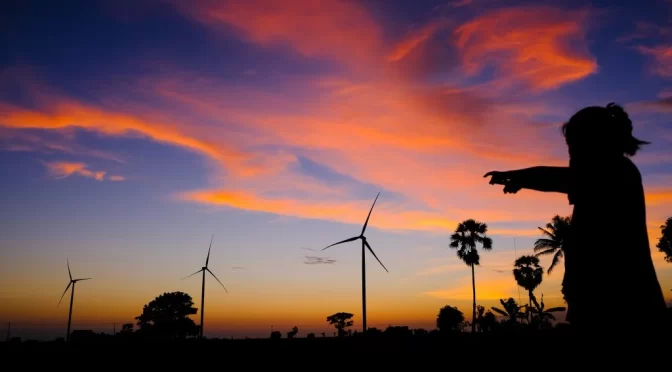
Indonesia eyes coal phase out by 2040
By increasing renewables share to 65% in the power mix by 2040, and retiring 3 GW of coal annually, Indonesia may reach the target.
The coal retirement target by 2040 set by President Prabowo at the G20 is laudable. It signals that Southeast Asia’s largest coal consumer will turbocharge renewables production and shift policies in favour of renewables. But without systemic change, particularly in the power sector, Indonesia will not achieve the decarbonisation of its economy. The next step is for Indonesia to assess the renewable energy requirements needed to meet demand growth by 2040.
The country recently brought forward its target to cut carbon emissions and reach net-zero by 2050 (previously set for 2060). But the historical reliance on fossil power, along with a domestic coal price mandate, has left the state utility company urgently seeking funding to retire coal power plants and finance their replacement with cleaner alternatives such as geothermal, hydro, solar and bio energy.
To meet the target, Indonesia needs to plan a large buildout of renewable energy generation, with solar (combined with battery) being the most feasible technology, while bioenergy is the most expensive.
Indonesia needs to turbocharge renewables ambitions
With electricity demand projected to grow by around 5% annually in the coming years, Indonesia needs clean energy to meet the demands of its industrial and commercial sectors. Expanding solar energy, combined with battery storage to maximise harnessing can present significant opportunities, particularly since the State Electricity Company PLN plans to accommodate more variable renewable energy penetration through smart grid infrastructure and flexible generation.
The Draft Electricity Supply Business Plan (RUPTL) for 2024-2033 projects 22 GW of gas additions and 5 GW of nuclear capacity, indicating alternatives to coal. Additionally, Indonesia’s Just Energy Transition Partnership (JETP) and the CIPP 2023 targets further emphasise the role of renewables, with an increased focus on solar, wind, geothermal, bioenergy and hydro for 2040. These targets mean Indonesia can meet the projected electricity demand of 806 TWh in 2040, if renewable energy share reaches 65%. Solar would account for 20%, wind for 11%, and other renewables—such as nuclear, geothermal, bioenergy and hydro—would make up 34%. The calculation includes a 68 GWh of battery capacity in stationary applications to stabilise solar energy output, based on key parameters including efficiency, capacity utilisation factor for solar plants and hours of storage.
Retiring 3 GW of coal annually presents opportunities to fully phase it out by 2040
According to the Special Envoy to the COP29, Indonesia aims to add 75 GW of renewables capacity by 2040. Achieving this, alongside a full coal retirement by the same year, would require gas capacity to increase nearly fivefold—from the current 21 GW to 108 GW. However, this would not only be risky but also counterproductive, as investment in gas power is less viable than solar PV in emerging and developing economies. Public revenue investment in gas and expansion of fossil fuel infrastructure would also be inconsistent with a future that demands a shift away from fossil fuels.
The clear pathway forward is to add 8 GW of renewable capacity each year while reducing coal usage by 3 GW annually for on-grid power systems, aiming for a complete coal phase-out by 2040. Moreover, integrating 4 GWh of battery storage annually until 2040 would enable Indonesia to maximise its solar use, as peak demand occurs during non-solar hours. This pathway aligns with the renewable energy goals outlined in the JETP CIPP document and the government’s projected additions of 103 GW of power capacity by 2040.
The steps to achieve 2040 ambition
The nation’s leaders have recognised the critical need to decarbonise its electricity supply. The key question now is how to accelerate it. Achieving decarbonisation takes more than deploying solar panels and wind turbines that rely on sunshine and steady breeze. Concrete actions are needed to scale up clean energy technologies, ensuring they gain the momentum required to drive the transition forward.
“Indonesia stands at a tipping point to end coal by 2040. The country has a powerful advantage, including abundant resources for producing battery components for storage capacity. This presents a significant opportunity to integrate solar energy with batteries, facilitating the transition to a green economy.”